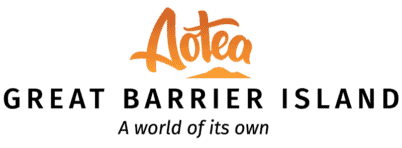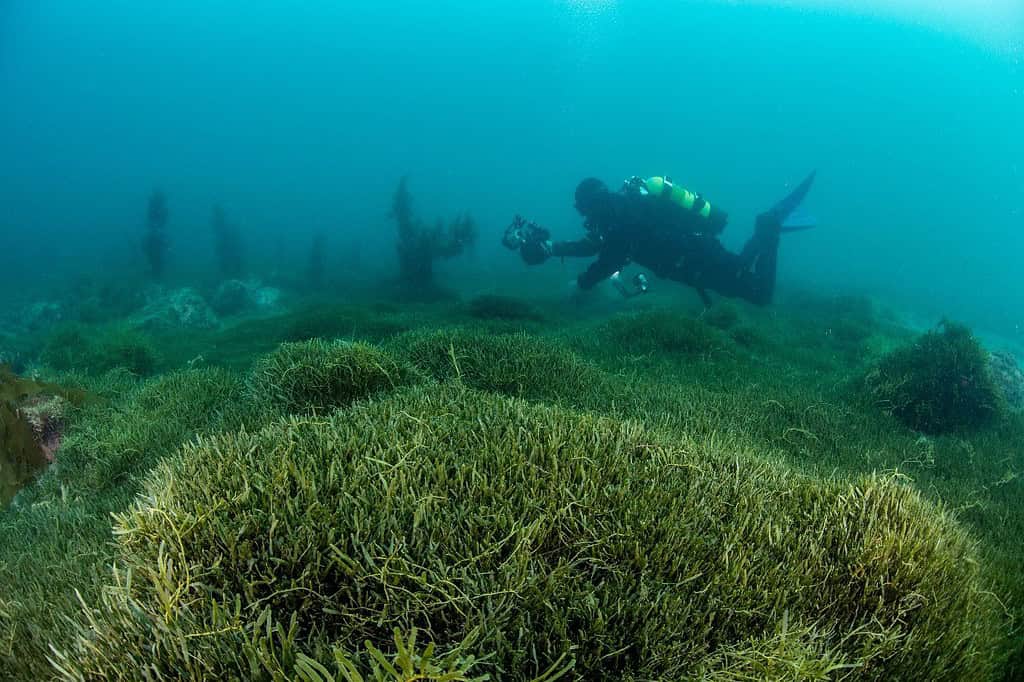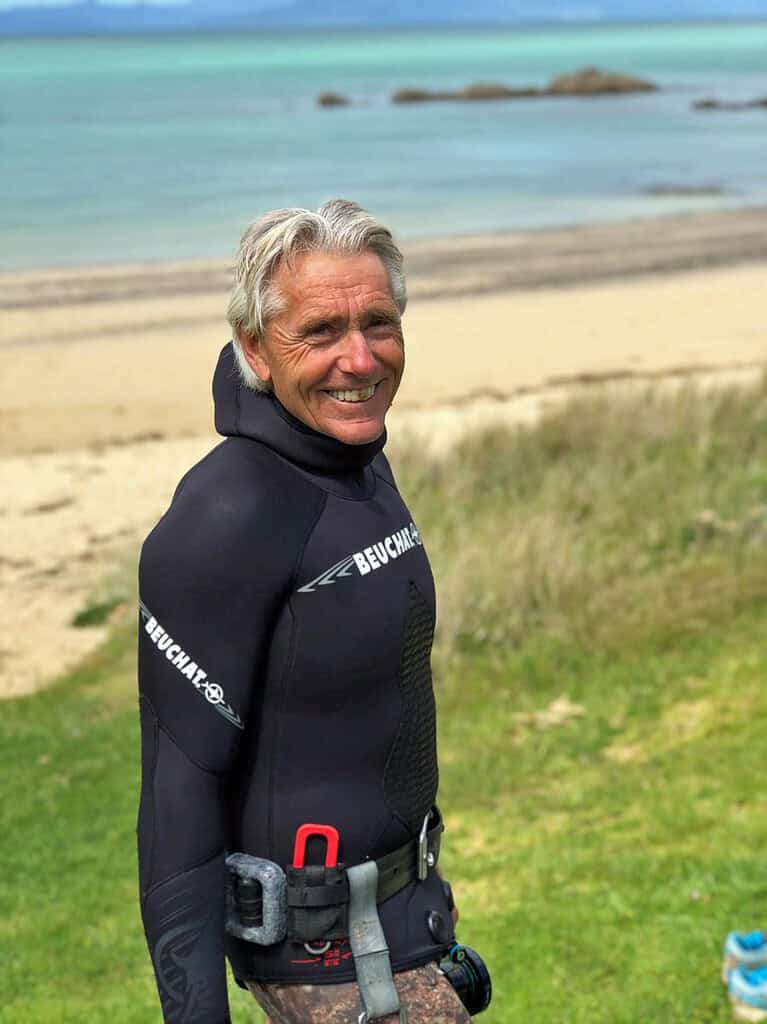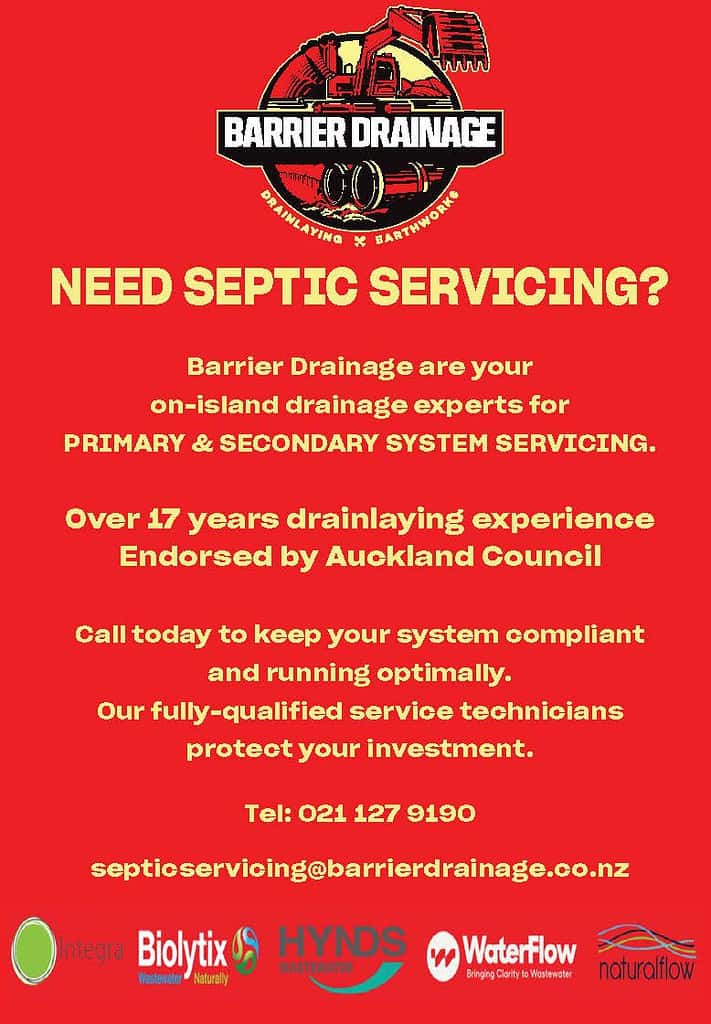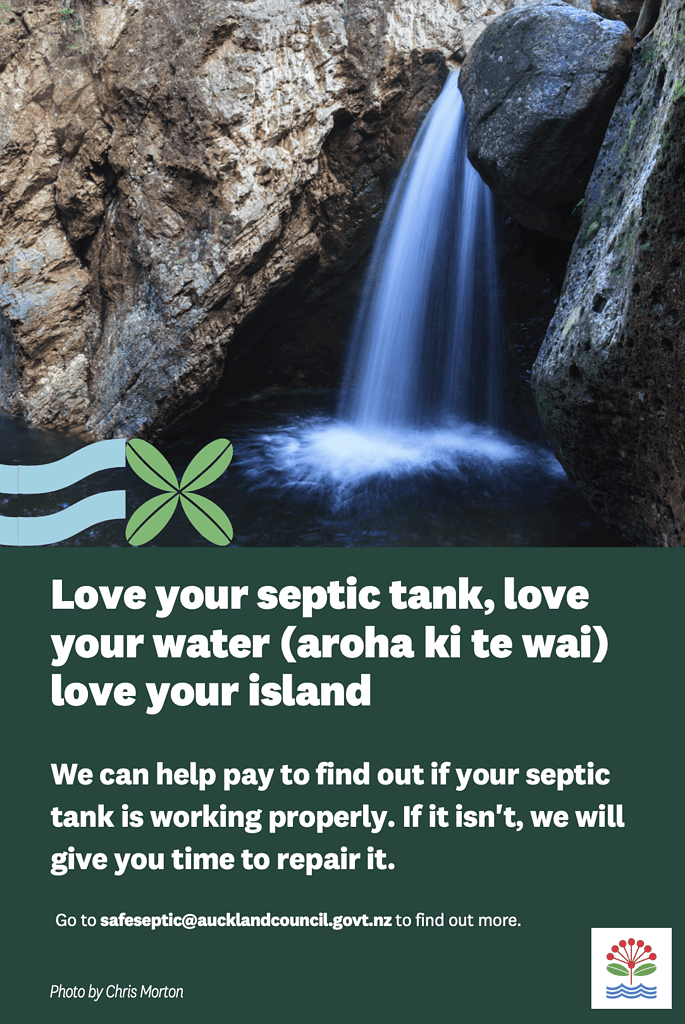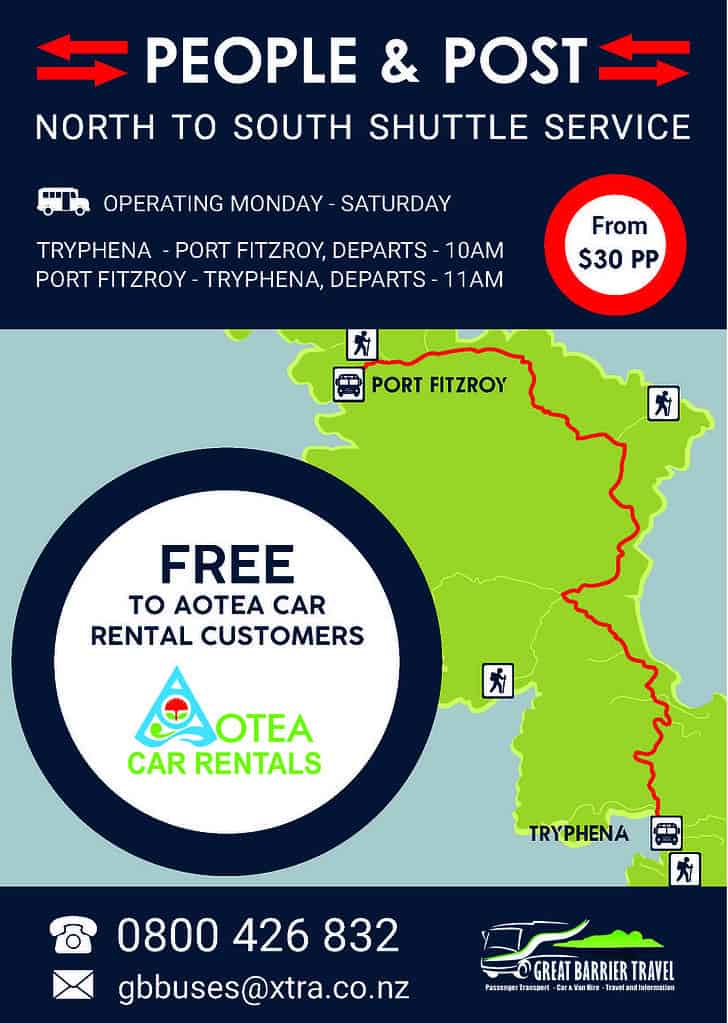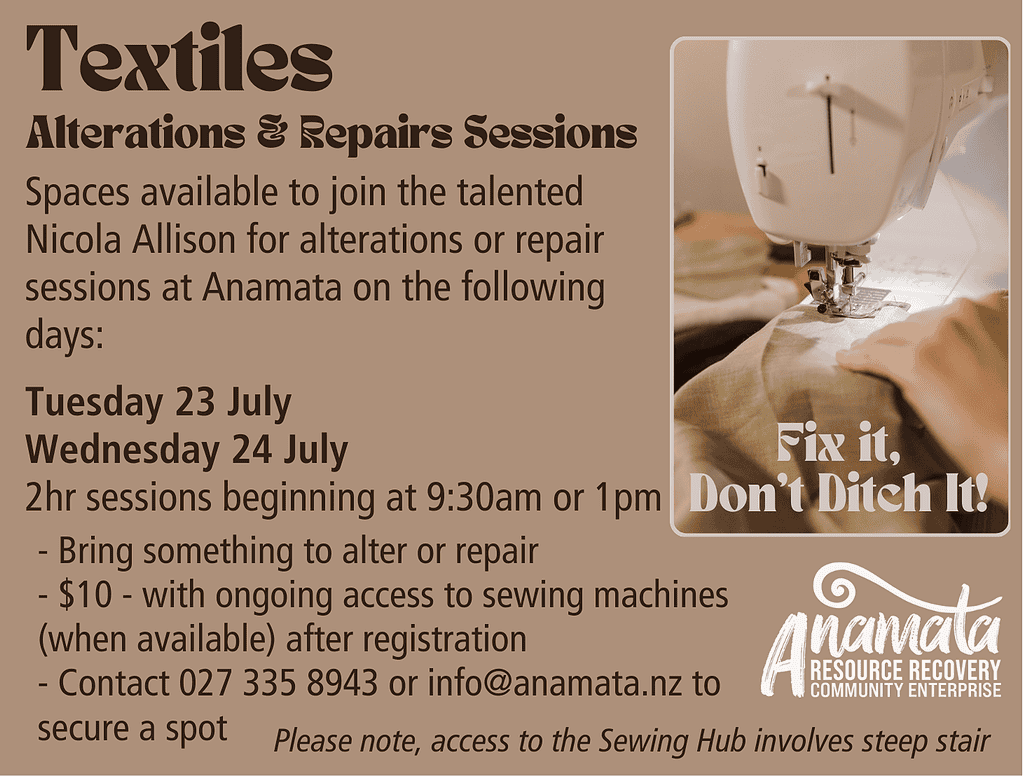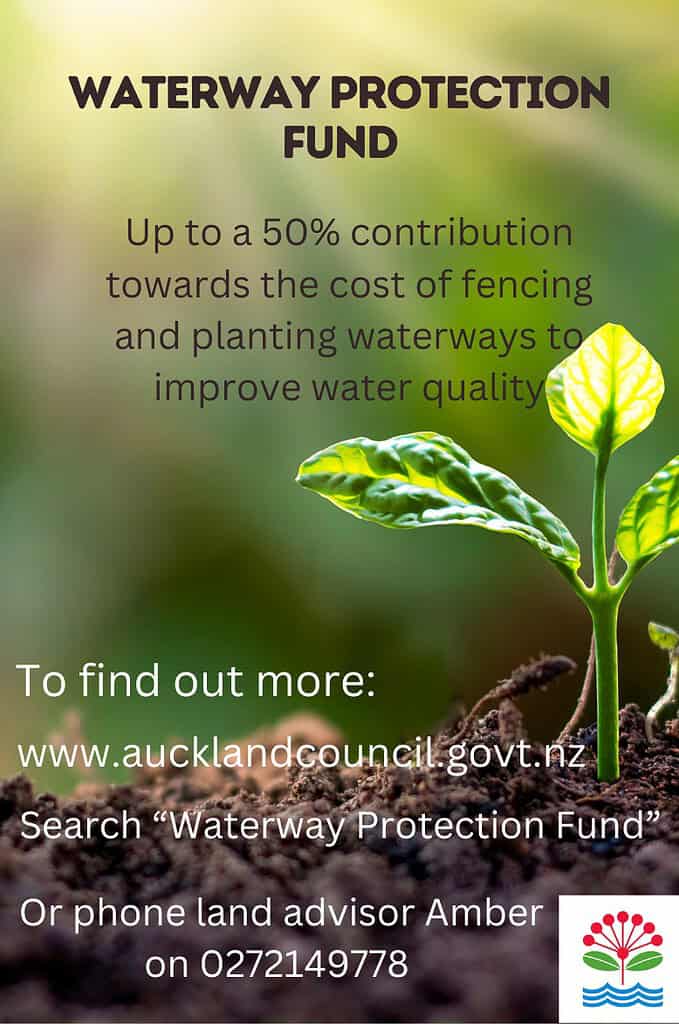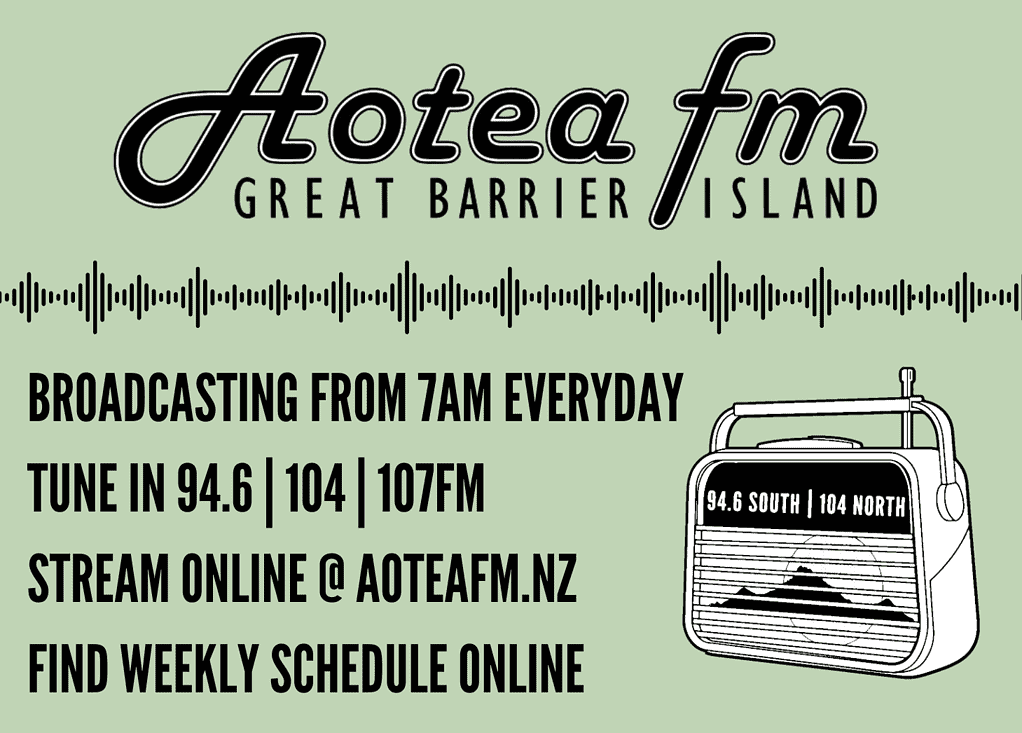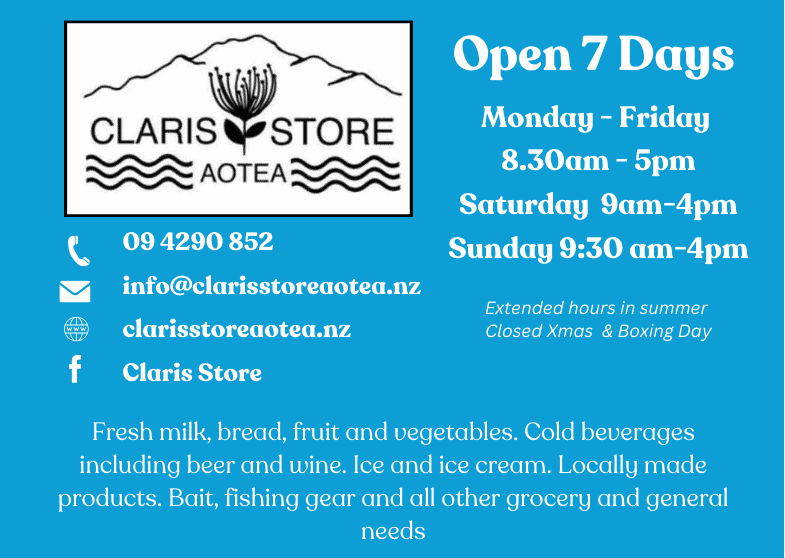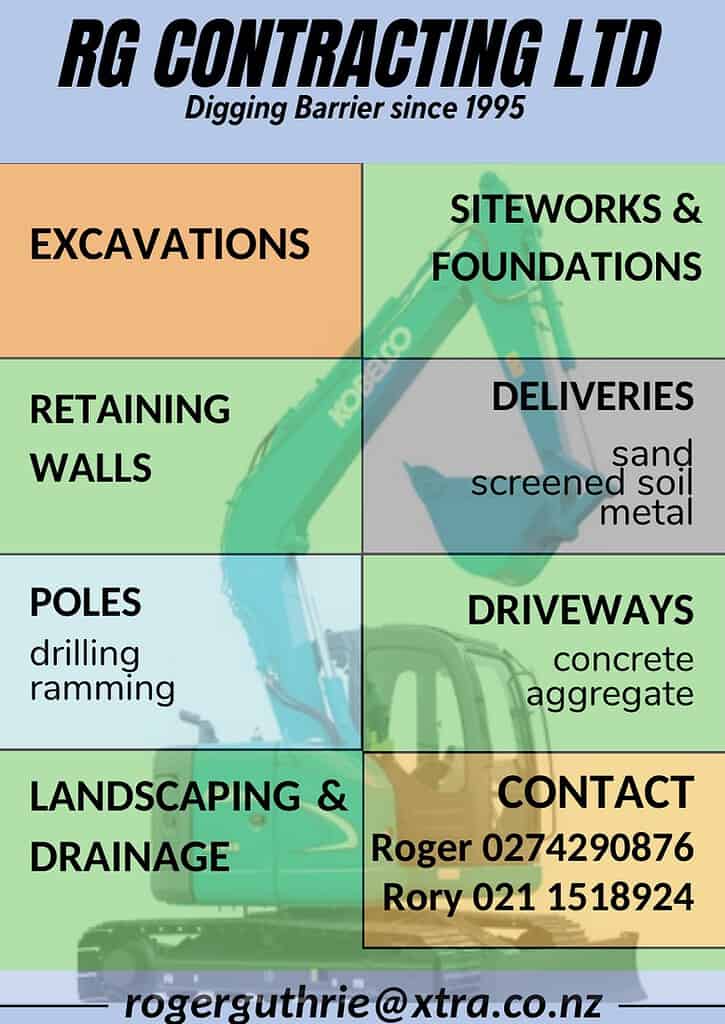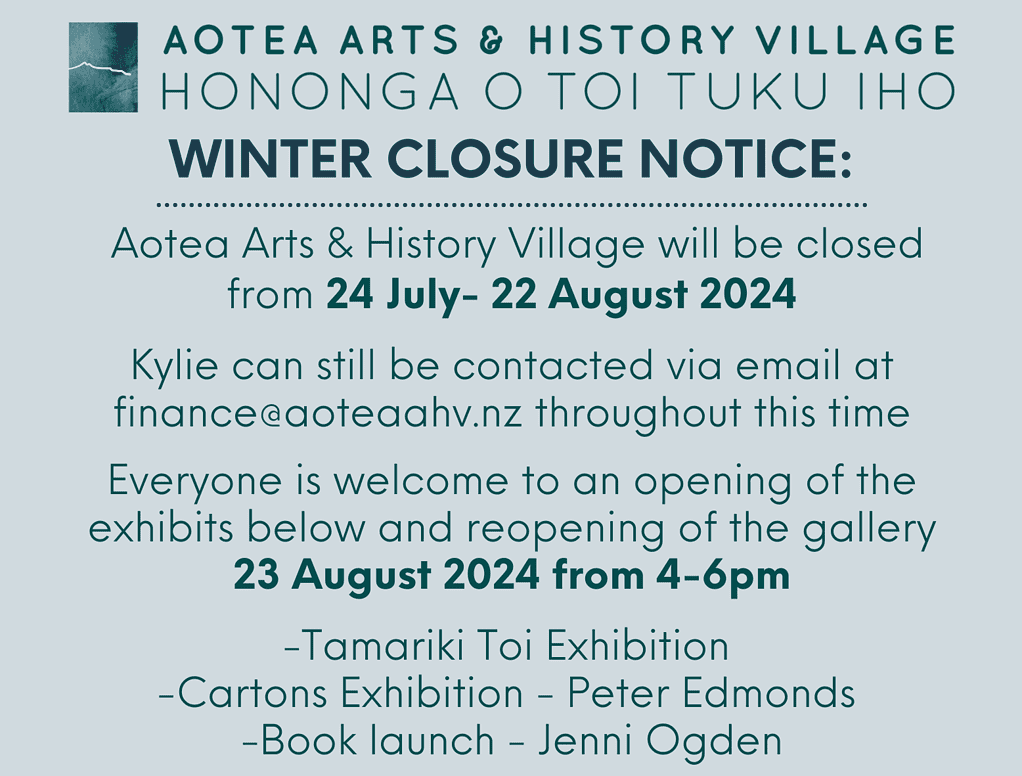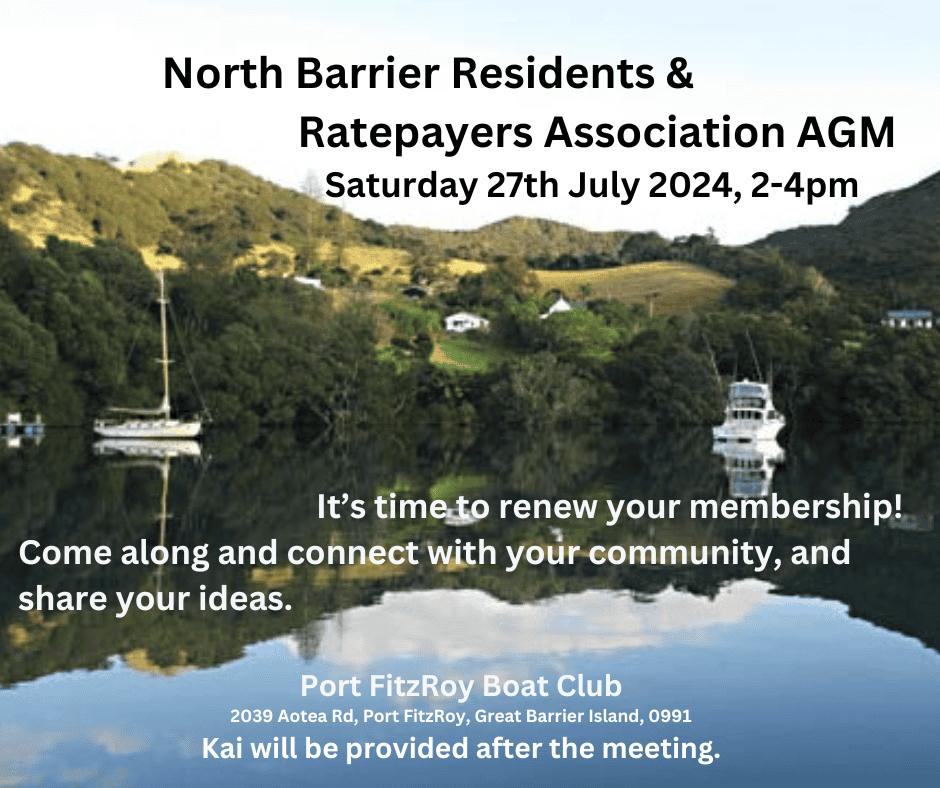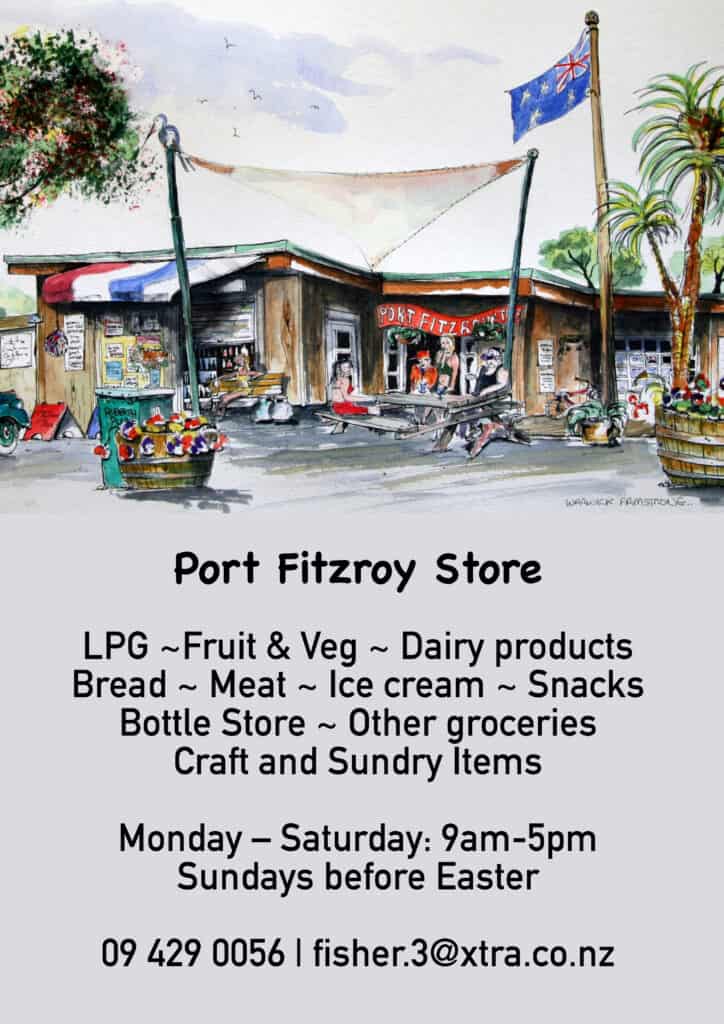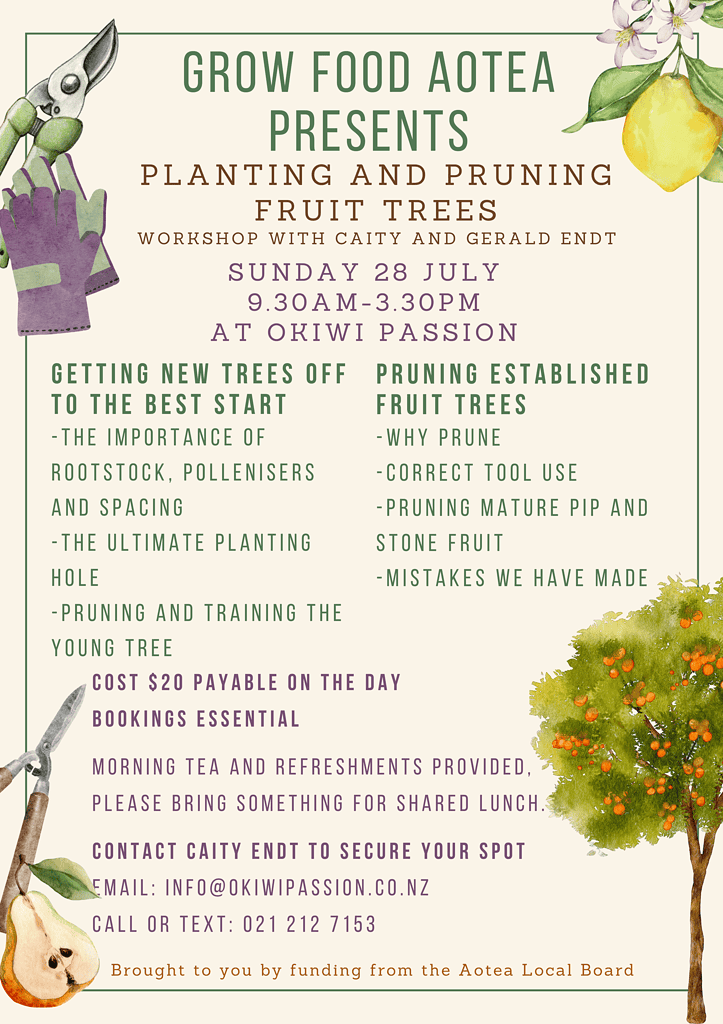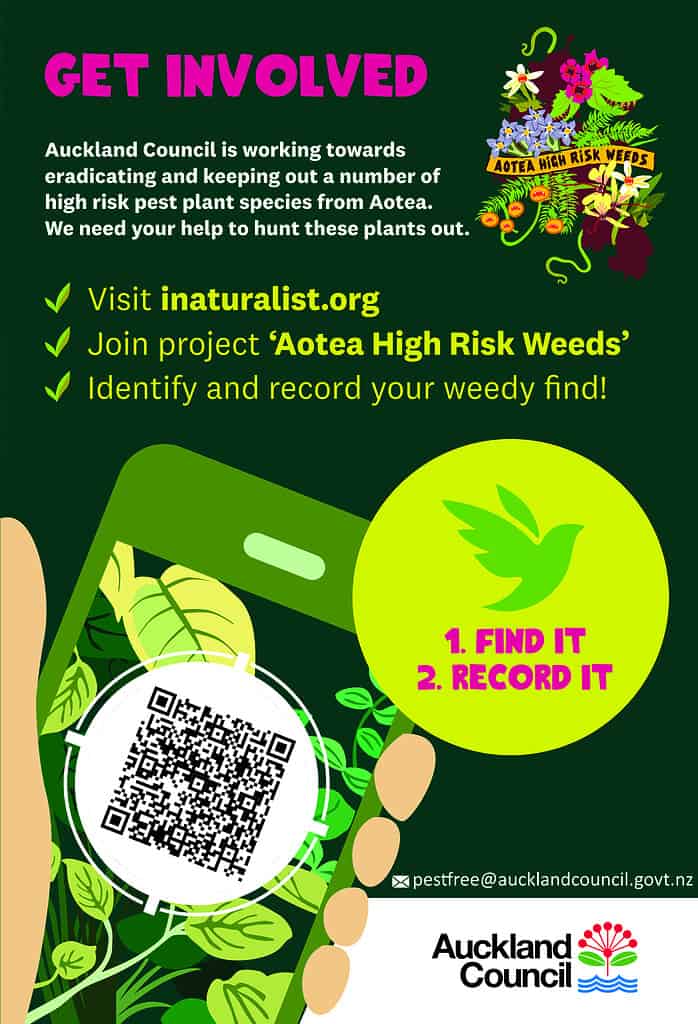A good crowd of 60 folks – most of us in the room and some on the zoom, gathered at the Claris Conference Centre on the 3 July to hear co-chair Chris Ollivier and members of the Aotea Caulerpa Response Team (ACRT) share the plan to deal with this beast of a seaweed.
Chris explained that the ACRT is a point of coordination for the community, Council, MPI, DOC and other iwi and groups who are dealing with exotic Caulerpa in their waters. It is led by Ngāti Rehua Ngātiwai ki Aotea and was established in April as a partnership between the community and mana whenua, to oversee and coordinate a local response. The ACRT steering team is made up of four mana whenua and four community members.
As Chris put it, the plan has three goals:
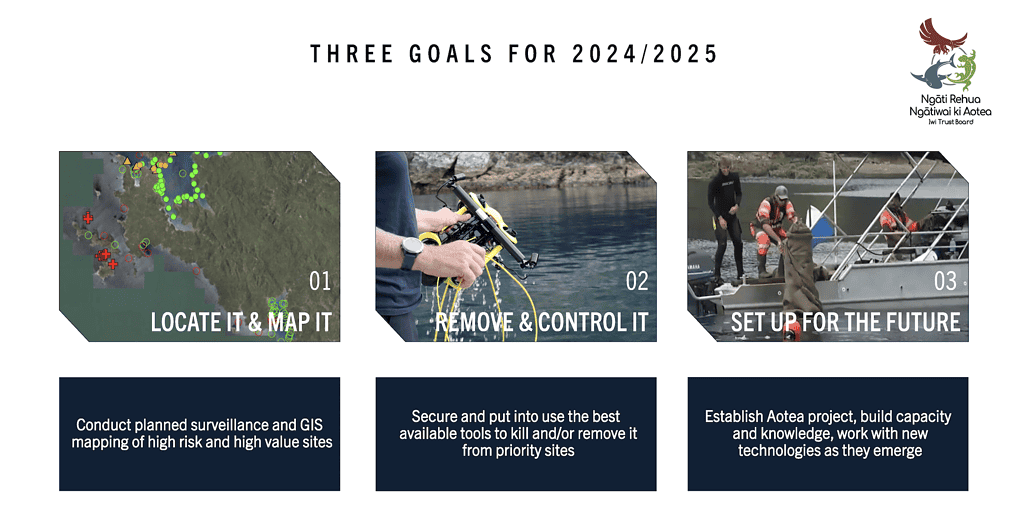
The major challenge has been – and continues to be funding. The priorities are recruiting a local project lead who can get up every day thinking about how to deal with Caulerpa, and budget to support local crews to do surveillance and removal. As well as this, Chris talked about the need to build capacity in underwater surveillance, and the different removal and control techniques, GIS and advanced dive skills.
But we have a lot going for us on Aotea, starting with local knowledge – it’s our back yard – and the ability to be speedy in responding to new discoveries, and to be flexible around weather and work locations. There’s definitely opportunities too – for more on-island business and employment opportunities.
Delays are critical because of how fast Caulerpa can grow in the right conditions and warmer sea temperatures. ACRT is aware some people think Caulerpa is “out the gate”. But it is still limited to part of the island and not doing anything to protect the rest of the coast isn’t an option. This is because of the devastation widespread Caulerpa will mean for fish, shellfish, seabirds and other marine life up to the 40m depth that Caulerpa can grow to. It will mean loss of kaimoana, a reduction in tourism and permanent changes to our way of life.
So what has been achieved so far?
ACRT is now recognised as the “on-island Response Team” by MPI, DOC and Auckland Council. There is a lot of advocacy underway to MPI, Auckland Council and Central Government for funding and we’ve secured enough to get Whangaparapara surveillance started in advance of a removal operation there. This is to allow boats to anchor and use the harbour again, supporting businesses and residents. Training diver teams are underway too – locals have been in training in advanced qualifications with funding from MPI and Auckland Council.
Beachcast caulerpa at Okupu – Sid Wales
Next we’ll see Whangaparapara removal options being planned out, which Chris noted will also be a proving ground for other removal options. There’s also a plan to do more detailed surveillance on the east coast. “We have to know where the enemy is,” said Chris.
There were a lot of questions from the floor about tools and techniques to get rid of it. Chris explained that control is about killing it in place if possible, such as with mats tested around Waiheke, which work by depriving it of light. Sometimes chlorine or salt is put under the mat and held down by it such as was done recently with the small Leigh infestation, where a mat over the top of it with chlorine worked in about 36 hours.
Ngāti Paoa have had success using wool mats at Waiheke and will start trials at sites around Aotea in July, another opportunity to increase local skills and knowledge. And for the bigger Caulerpa meadows, large scale suction dredge operations moving to Aotea, based on learning from the Omakiwi trial in the Bay of Islands. Izzy noted that the big test would be how it performed here.
There’s other innovation happening too – individual hand operated suction units and a new UV light treatment which kills Caulerpa on site. This is being trialled now and looks promising because it could potentially kill Caulerpa attached to rocks which has proved hard to remove by hand so far.
Maurice Wii who has been an observer on surveillance trips recently spoke about the terrible impact it has, likening it to a Cat 3 fire. The fish life was gone in those areas, he said. Chris noted that we are ground zero – it will be like weeds, you have to pull them out but they’re going to come back. But that’s why this is an opportunity – setting up local operations set up to manage it, detect it and treat it to kill it.
There were questions about harvesting and composting, making it into a biofuel, and other uses. Basically, it’s a controlled organism under the Biosecurity Act and that limits what we can and can’t do with it for now, as frustrating as that is. The ACRT promised to take that back to MPI again and look at what can be done to allow movement of Caulerpa from the beach for example. We’ve also yet to find any practical uses for it. Unfortunately the large quantities, our remote location and the characteristics of the Caulerpa itself are working against us.
Asked whether it can be eaten Chris said there was no clear science yet on whether it is edible or not. Caulerpenyne is the toxin in all Caulerpa species worldwide but the level changes (taxifolia which we don’t have, is a more toxic version). It has no known predators here – kina definitely do not love it and will go out of their way to avoid it. Testing novel ways to use it is going to be important for us going forward judging from the conversation on the night.
There were some great suggestions and plenty of offers of help, including specialist diving and communications skills. There was also concern about whether the funding will really happen. ACRT members felt that there was a lot of pressure on the government to respond, with the PM now talking about it. It was hard to put a price on keeping it out of the Hauraki Gulf.
Chris observed that we had been working with what we could get and will continue to do that. A great suggestion on the night was to give kids a voice and involve schools in writing directly to the Prime Minister to ask for proper funding for the Aotea Caulerpa response. Cabinet will make some decisions in early August and this is an important step anyone can take – it all helps.
Summing up, Chris said that as well as funding and capacity building the way forward for us includes:
- Conversations about the CAN – now extended to 30 September while MPI canvas feedback on the options from here (watch this space to have your say)?
- More moorings for visitors – the Local board is advocating for short stay moorings
- Involving more locals – we’ll need boats, divers, shore side support, and disposal teams
- Being our eyes on the water – report possible new sightings of exotic caulerpa, report anchoring infringements, be on alert!
For more information please contact the Aotea Caulerpa Response Team:
If you’ve got more questions, want to read up on Caulerpa facts, or just want to get involved and help the fight, head over to www.acrt.co.nz or email: infor@acrt.co.nz
Map of all exotic caulerpa sites found on Aotea so far – Auckland Council
Visit: www.acrt.co.nz for all details and to stay up to date
- Boat owners can help control the spread of Caulerpa by observing the anchoring restrictions
- If you do find Caulerpa on your anchor or fishing gear, following the advice to dispose of it in a securely closed plastic bag to landfill.
- If you think you have seen Caulerpa in the water or you find it washed up on the beach please report it to MPI here: https://report.mpi.govt.nz/pest/
To report a boat anchored inside the restricted area please email info@acrt.co.nz with the location and a photo if possible.
Related Articles:
